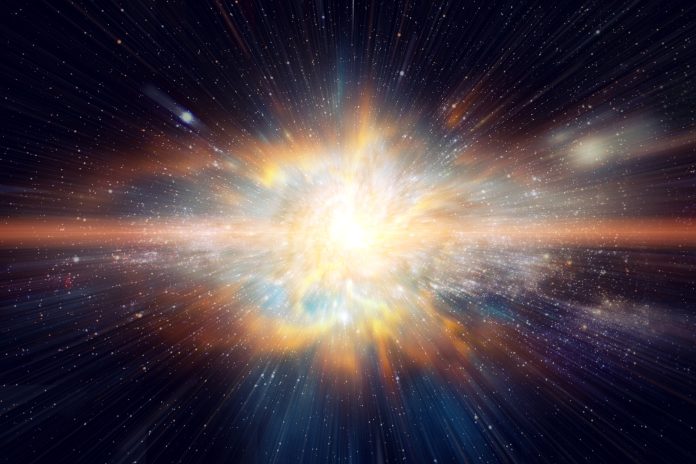Chronicles from Japan, China, and Korea documented the sudden appearance of a “guest star” in the heavens, a luminous celestial body visible to the naked eye for approximately 180 days before fading into obscurity
Known as Supernova 1181, this remained a mystery for centuries, its location and structure eluding astronomers until recent breakthroughs merged historical records with cutting-edge technology.
Supernova 1181 mystery solved
In 2021, a team of researchers finally pinpointed the remnants of Supernova 1181, now known as Supernova Remnant (SNR) 1181, nestled within a nebula in the constellation Cassiopeia.
This discovery was not just a triumph of astronomical observation; it was the culmination of interdisciplinary research bridging ancient history with modern astrophysics.
The supernova’s origin story unfolded through meticulous computer modeling and observational analysis. Different to usual supernova scenarios, where colliding white dwarfs typically obliterate each other, Supernova 1181 resulted in a single, bright, and fast-rotating white dwarf.
How did supernova 1181 evolve into its current form?
Recent studies using advanced X-ray data revealed a double-shock structure within SNR 1181, an inner and outer shock region, that defied initial explanations. The main challenge was explaining why the expected stellar wind did not match the observations. “If the wind had started blowing immediately after SNR 1181’s formation, we couldn’t reproduce the observed size of the inner shock region,” explained Takatoshi Ko, lead author and doctoral student at the University of Tokyo.
Through computational simulations, the team proposed a groundbreaking hypothesis: the high-speed stellar winds from the white dwarf’s surface may have commenced only within the last 20-30 years.
This suggests a resurgence in activity within the white dwarf, possibly reignited by matter ejected during the 1181 explosion, triggering increased density and temperature conducive to renewed nuclear burning. Such dynamic findings not only deepen our comprehension of supernova diversity but also show the key role of interdisciplinary research in unravelling cosmic mysteries.
“The ability to determine the age of supernova remnants or the brightness at the time of their explosion through archaeological perspectives is a rare and invaluable asset to modern astronomy,” remarked Ko. “Such interdisciplinary research is both exciting and highlights the immense potential for combining diverse fields to uncover new dimensions of astronomical phenomena.”
Looking ahead, the team plans to probe SNR 1181 further using advanced telescopes such as the Very Large Array (VLA) in New Mexico and the Subaru Telescope in Hawaii. These efforts aim to validate their models and capture deeper insights into the evolutionary stages of this ancient celestial phenomenon.











